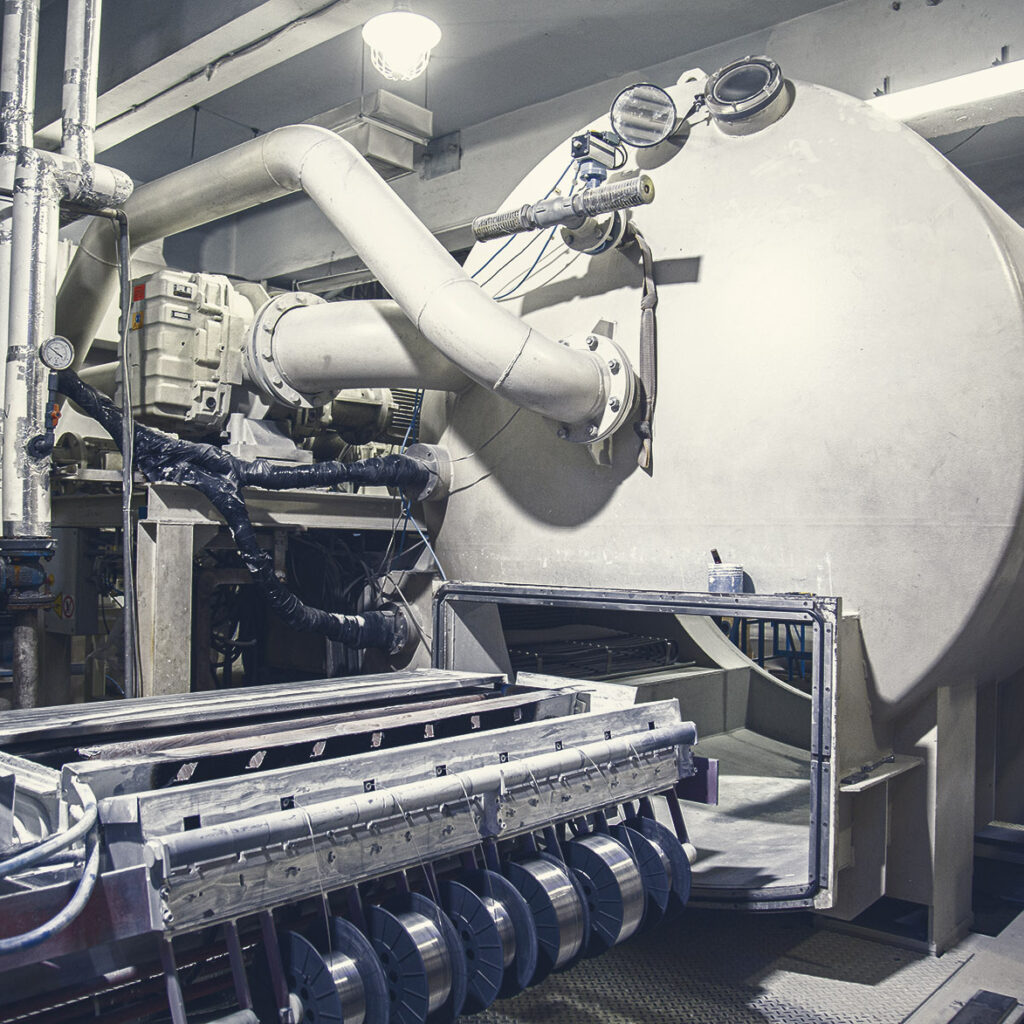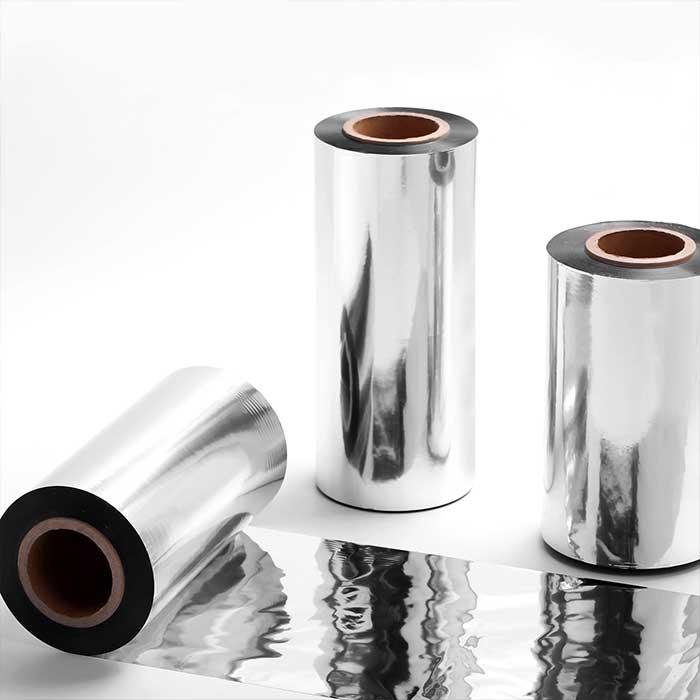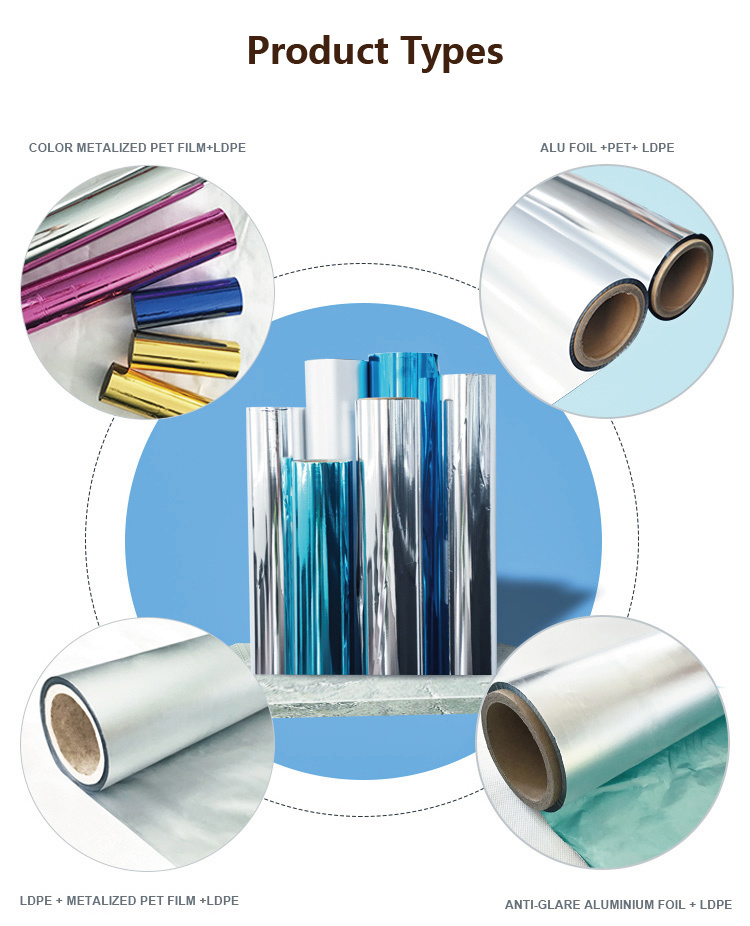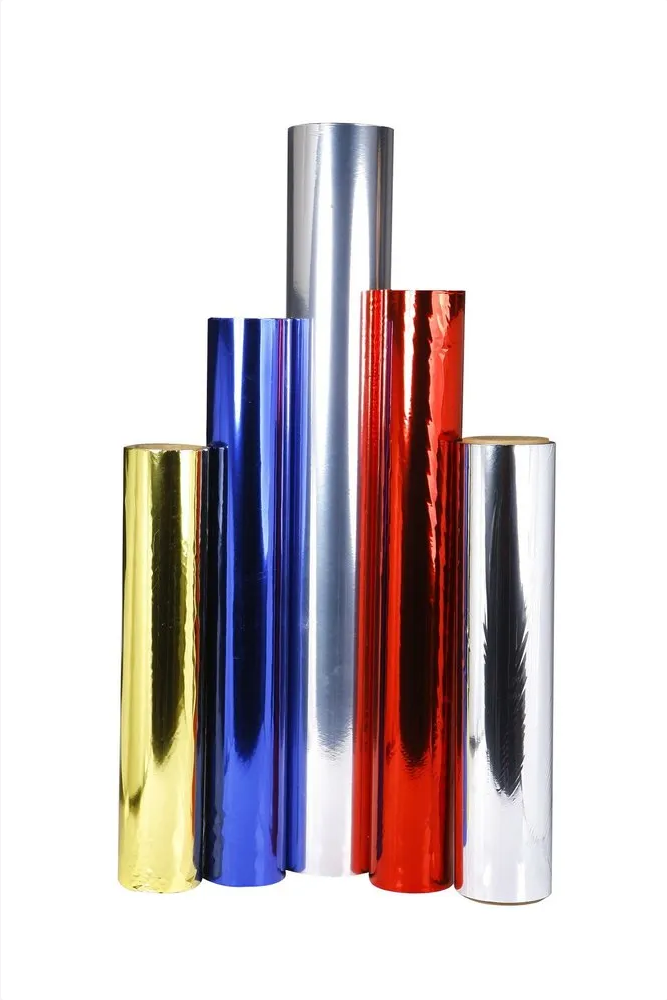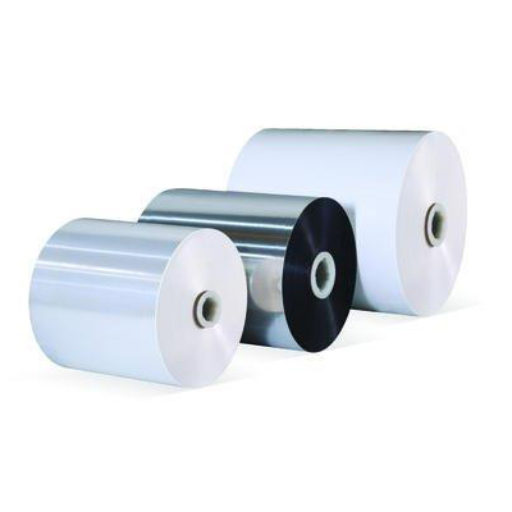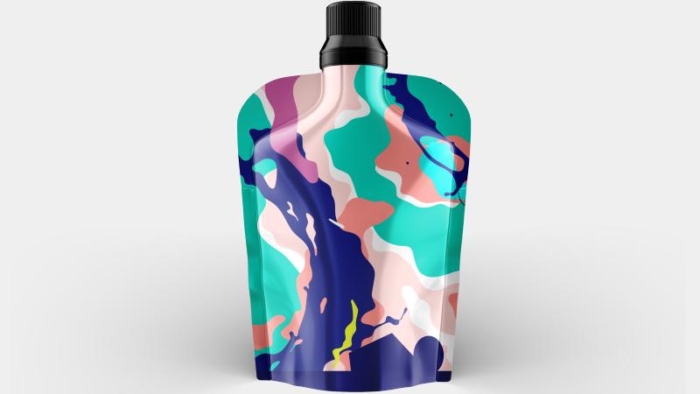PACKAGING BAGS & POUCHES

Metatex Pvt. Ltd
Metatex Pvt Ltd provides the highest grades of Bags & Pouches for food & confectionery packaging, pharmaceuticals & cosmetics and Sweets & Bakers industries. These types of bags Metatex is working on given below.
Standup pouches
Stand-up pouches have many advantages over traditional packaging options such as cans, jars, and bottles. For one, they are much lighter and more space-efficient, making them easier to store and transport. They also have a larger printable surface area, which can be used for branding and marketing purposes. Additionally, stand-up pouches are more environmentally friendly than some other types of packaging, as they require less material to produce and are often recyclable.
Stand-up pouches are used to package a variety of products, including food and beverages, pet food, personal care products, and pharmaceuticals. They are available in many different shapes and sizes, and can be customized to meet the specific needs of a product. Stand-up pouches can also be fitted with various features such as zippers, spouts, and tear notches for easy opening and resealing.

Center Seal Bag
Center seal bags are a type of flexible packaging that is commonly used for the packaging of various products. They are made from a single sheet of flexible material, such as plastic, that is folded in half and then sealed on both sides to create a pouch. The sealing process creates two side seals and a single center seal that runs down the middle of the pouch.
The center seal of these bags is the primary seal that keeps the contents inside secure and protected. It is created by sealing the two layers of material together along the center line, creating a strong and durable seal. The side seals, on the other hand, help to reinforce the pouch and prevent the contents from spilling out.
Center seal bags are commonly used for packaging products such as snacks, nuts, dried fruits, and other food items, as well as non-food items such as cosmetics, toiletries, and medical products. They are available in various sizes and can be customized to meet the specific needs of a product.
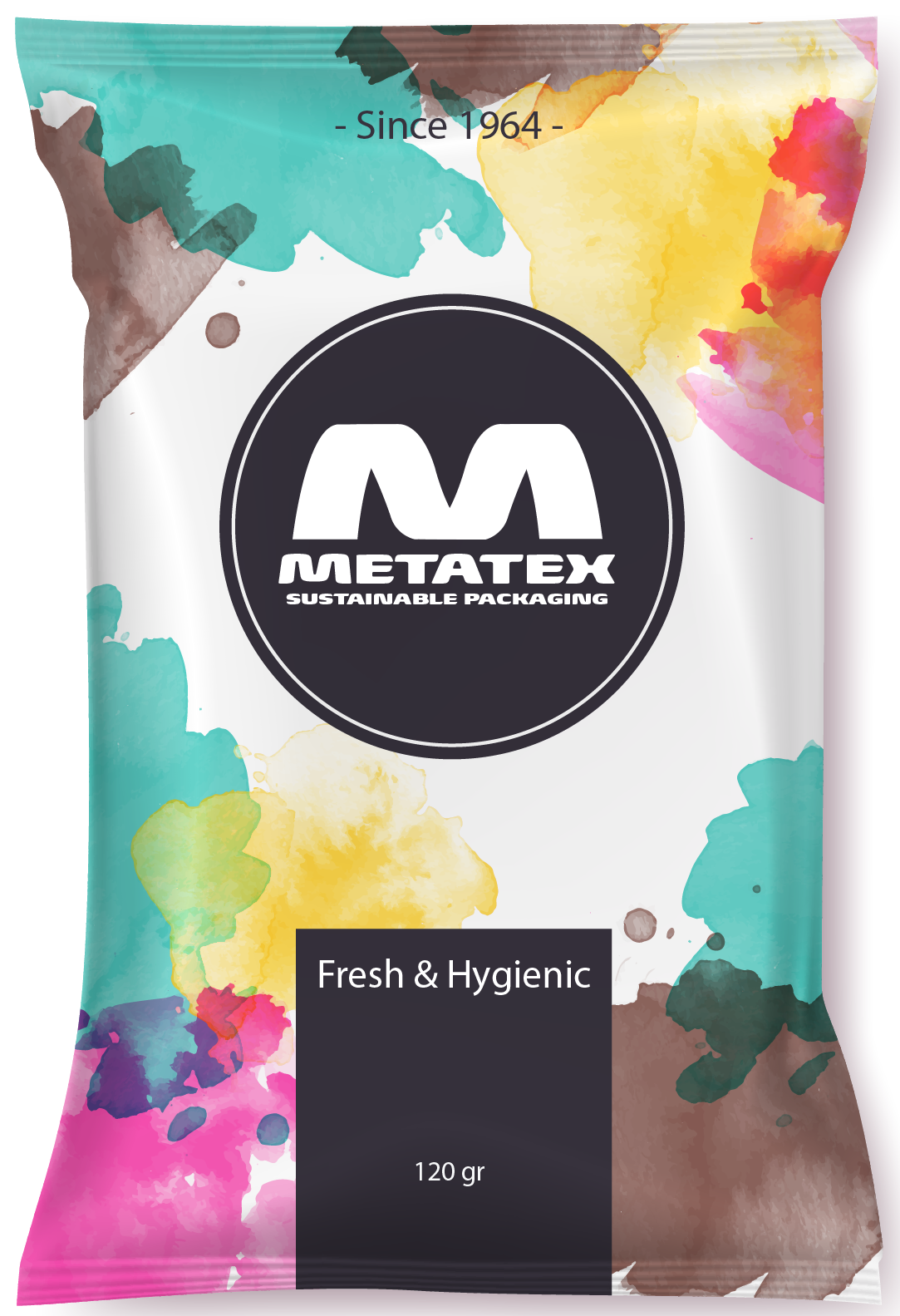
Three side seal bags:
Three side seal bags are a type of flexible packaging that is commonly used for the packaging of various products. They are made from a single sheet of flexible material, such as plastic, that is folded in half and then sealed on three sides to create a pouch. The sealing process creates three seals and an open top, which allows for easy filling and sealing.
The three side seals of these bags are the primary seals that keep the contents inside secure and protected. They are created by sealing the two layers of material together along the two side edges and the bottom edge of the pouch. The open top allows for easy access to the contents of the pouch, and it can be sealed using a variety of methods, such as heat sealing or ziplock closures.
Three side seal bags are commonly used for packaging products such as snacks, candies, powders, and other small items, as well as non-food items such as cosmetics, pharmaceuticals, and medical products. They are available in various sizes and can be customized to meet the specific needs of a product.
One of the advantages of three side seal bags is that they have a simple and efficient design, which makes them easy to use and handle. They are also lightweight and flexible, making them easy to store and transport. Additionally, three side seal bags are an economical option for packaging products, as they require less material than other types of packaging.
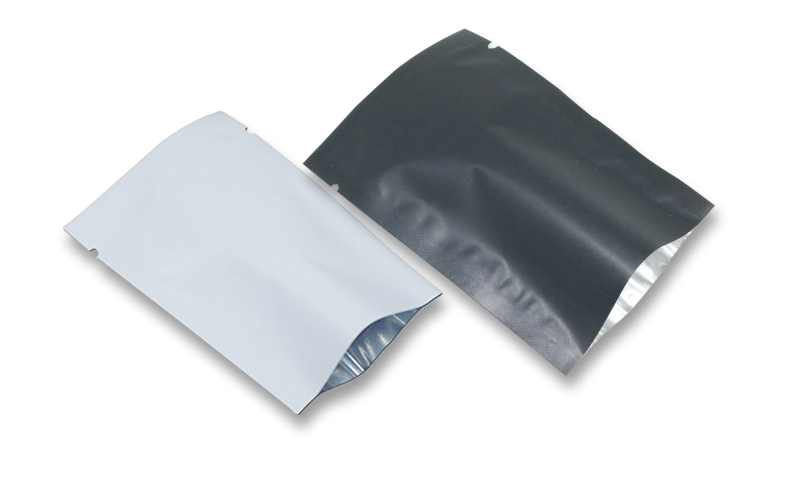
Zipper Bag
Zipper bags are a type of flexible packaging that features a resealable zipper closure. They are made from a single sheet of flexible material, such as plastic, that is folded in half and then sealed on three sides to create a pouch. The sealing process creates three sides and an open top, which is then fitted with a zipper closure that allows the user to easily open and close the bag multiple times.
The zipper closure of these bags is the primary seal that keeps the contents inside secure and protected. It is created by attaching a plastic zipper to the top of the bag, which allows the user to easily open and close the bag as needed. The zipper closure also helps to keep the contents of the bag fresh by preventing air and moisture from entering or escaping.
Zipper bags are commonly used for packaging products such as snacks, frozen foods, pet food, and other food items, as well as non-food items such as cosmetics, toiletries, and medical products. They are available in various sizes and can be customized to meet the specific needs of a product.
One of the advantages of zipper bags is that they offer convenience and versatility to the user. The zipper closure allows for easy opening and resealing of the bag, which helps to keep the contents fresh and protected. Additionally, the zipper closure helps to prevent spills and leaks, making these bags a popular option for on-the-go use. Zipper bags are also lightweight and flexible, making them easy to store, transport, and handle.
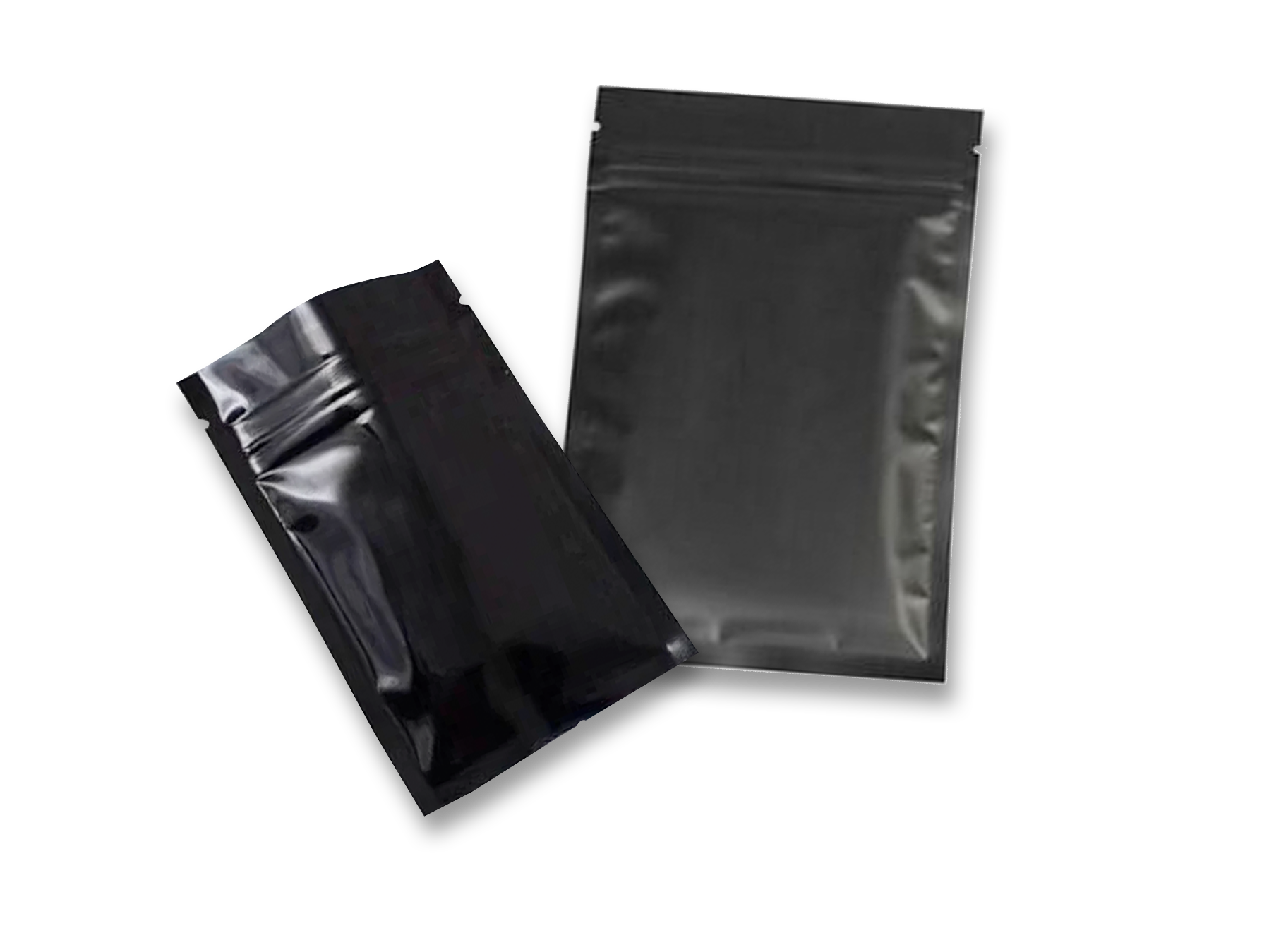
Courier Flyers:
A courier flyer, also known as a courier envelope, is a type of envelope used for the delivery of documents, packages, and other small items by courier services. These flyers are typically made from strong and durable materials such as paper or plastic, and they come in various sizes and styles to accommodate different types of shipments.
Courier flyers are designed to be lightweight and easy to handle, while also providing protection for the contents inside. They usually feature a self-sealing adhesive strip or a zip-lock closure to keep the contents secure and prevent tampering. Some courier flyers also come with additional features such as tear-off receipts, tracking labels, or pre-printed address labels to streamline the shipping process.
Courier flyers are widely used by businesses, individuals, and organizations that need to send important documents or small items quickly and securely. They are commonly used for shipping contracts, legal documents, medical reports, and other sensitive materials that require secure handling and tracking.
One of the advantages of using courier flyers is that they are a cost-effective and efficient way to ship small items. They are typically less expensive than traditional courier services that use boxes or larger envelopes, and they can be delivered quickly and reliably to destinations around the world. Additionally, courier flyers are an eco-friendly option, as many of them are now made from recycled materials and can be reused or recycled after use.
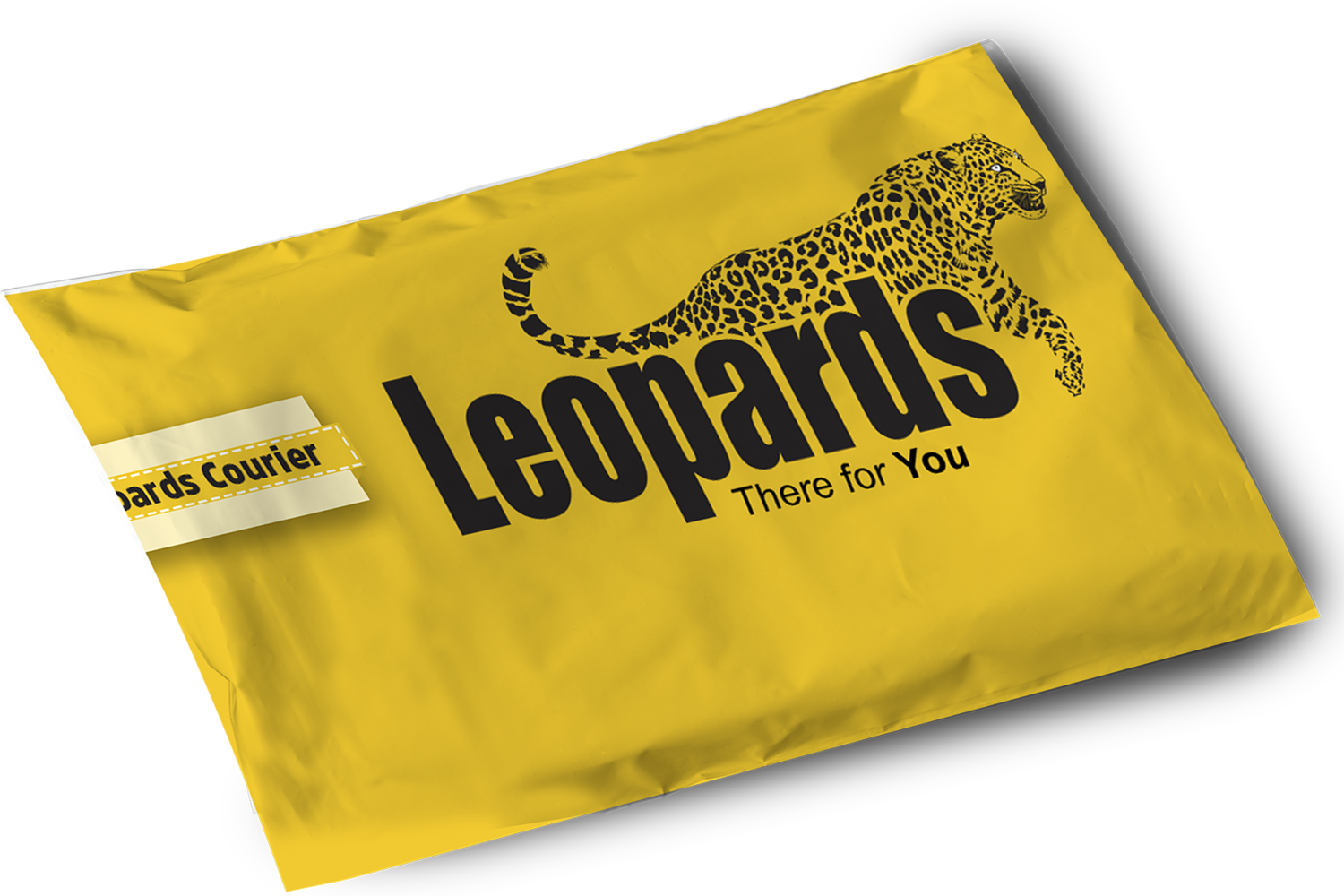
D Handle Bags:
D handle bags are a type of carrier bag that features a D-shaped handle. They are commonly used for the packaging and transportation of goods, such as groceries, books, and clothing. These bags are typically made from a strong and durable material, such as paper or plastic, which can support the weight of the items inside.
The D handle of these bags is an integral part of their design, as it provides a comfortable and secure grip for the user. The handle is typically made from the same material as the bag itself, and it is attached to the top of the bag using a reinforcing technique such as heat sealing or adhesive bonding. This creates a strong and reliable handle that can support the weight of the items inside the bag.
D handle bags are available in a range of sizes and colors, and they can be customized to include branding and logos for promotional purposes. They are commonly used in retail and grocery stores, as well as at trade shows and events.
One of the advantages of D handle bags is that they are a convenient and practical way to transport goods. The D-shaped handle provides a comfortable grip for the user, which helps to distribute the weight of the items evenly and reduce the risk of strain or injury. Additionally, D handle bags are lightweight and easy to store, making them a popular option for businesses that need to stock large quantities of bags. They are also an environmentally friendly option, as many D handle bags are now made from recycled materials.
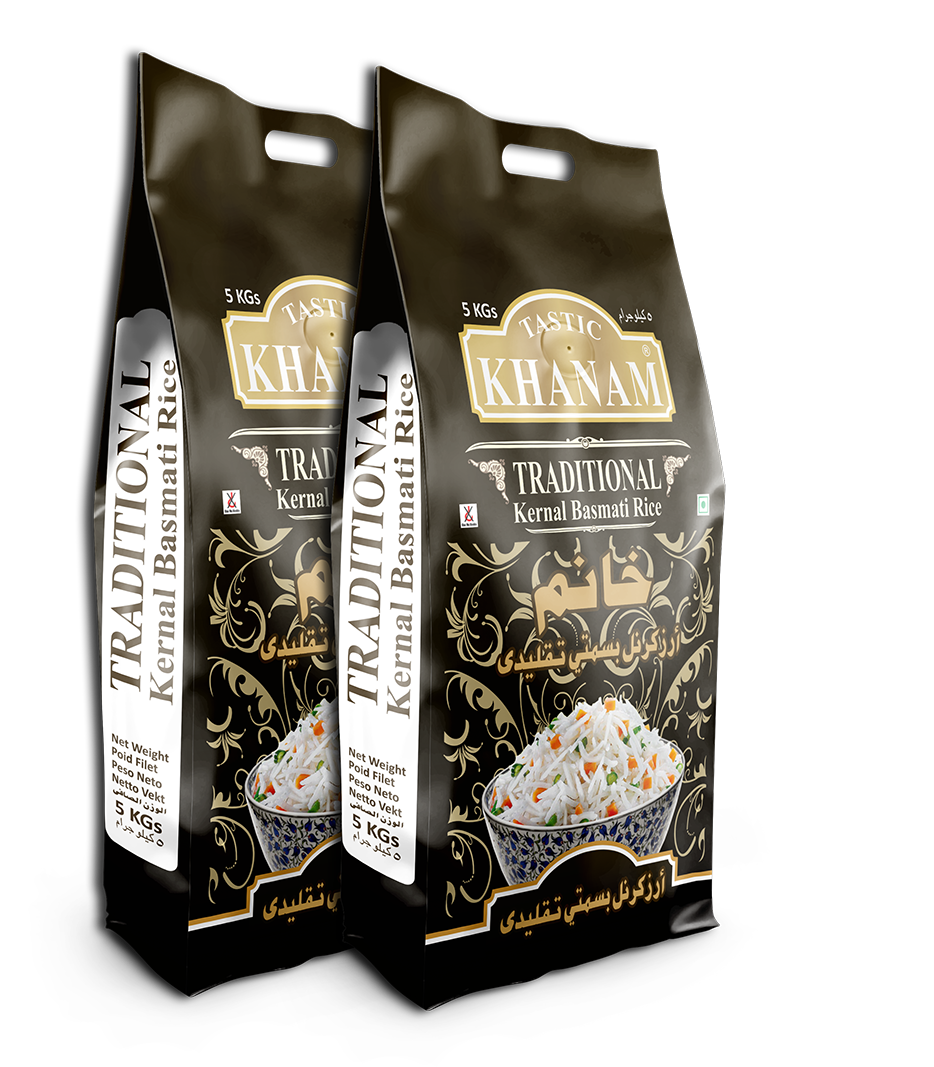
Bottom Gusset bags:
Bottom gusset bags are a type of flexible packaging that feature a gusset, or a pleat, at the bottom of the bag that allows it to expand and create a flat base. This type of bag is commonly used for packaging products such as coffee, snacks, pet food, and other food items, as well as non-food items such as detergents, chemicals, and hardware.
The gusseted bottom of these bags is created by folding and sealing the bottom of the bag to create a pleated structure. This allows the bag to expand and create a flat base that can support the weight of the contents inside. The gusseted bottom also provides additional space for the contents to expand and move freely, which can help to reduce the risk of damage during transportation.
Bottom gusset bags are available in various sizes and can be customized to meet the specific needs of a product. They are typically made from a strong and durable material, such as plastic or paper, that can withstand the weight and pressure of the contents inside.
One of the advantages of bottom gusset bags is that they offer convenience and versatility to the user. The gusseted bottom of these bags allows them to stand upright on store shelves, making them more visible and easier to access for customers. Additionally, the flat base of the bag provides a stable surface for the contents to rest on, which can help to reduce the risk of spills and damage. Bottom gusset bags are also lightweight and easy to store, making them a popular option for businesses that need to stock large quantities of bags.
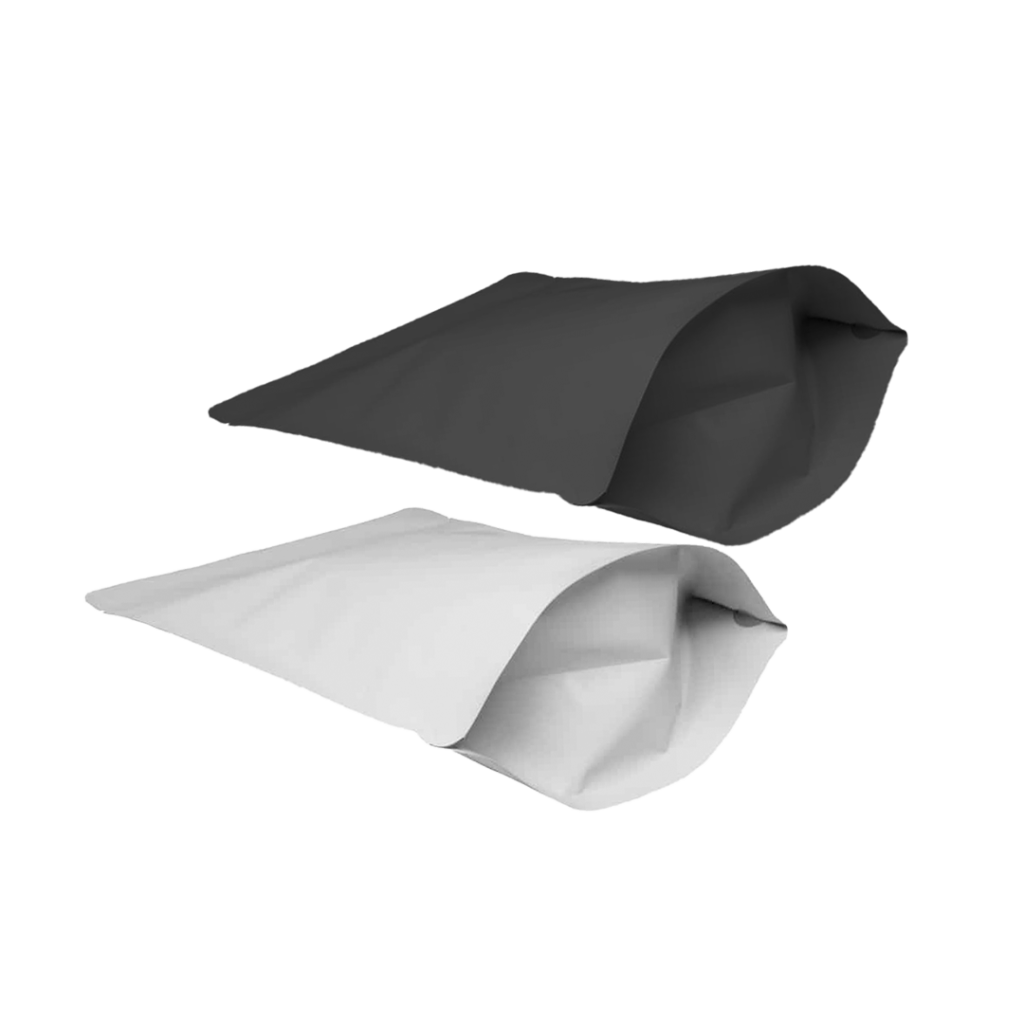
In conclusion, bags and pouches are essential forms of packaging that are used for a wide range of products in various industries. From food and beverage to pharmaceuticals and cosmetics, bags and pouches come in a variety of shapes, sizes, and materials to meet the specific needs of different products.
Stand-up pouches, center seal bags, three-side seal bags, zipper bags, D handle bags, and bottom gusset bags are just some examples of the types of bags and pouches available. Each type of bag and pouch has its own unique features and benefits, such as convenience, durability, and eco-friendliness.


